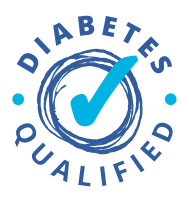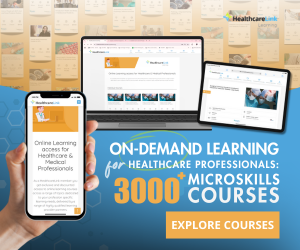Understanding diabetes




About the course
This course is part of the APNA-accredited “Diabetes in Practice for Nurses” program and offers a practical option for those not ready to commit to the entire 12-hour program.
In this 1-hour segment you will learn about the different types of diabetes and their key characteristics, as well as the risk factors for type 2 diabetes.
How does this course work?
- Once you enrol online you will automatically gain access to your course in our e-Learning platform. Everything you need to complete the course is available online, with 24/7 accessibility.
- This segment of the Diabetes in Practice for Nurses course consists of 3 modules. You can complete each module at your own pace.
- There are 2 multiple choice assessments. The results are shown immediately.
- Once you have completed the modules, passed both assessments and completed the course feedback survey you will be able to download your ‘Certificate of Completion’.
- You will have 12-months access to the course from your enrolment date. This enables you to learn on-demand, at your own pace, and at time that suits you.
What you will learn
After completing the course you will:
- Understand the importance of diabetes education and how to convey diabetes as a serious health problem in Australia.
- Have a comprehensive overview of diabetes, including symptoms, diagnosis, treatment and management principles.
- Know how to identify risk factors of type 2 diabetes and principle actions to take to delay diabetes development.
Modules & Assessments
This segment of the Diabetes in Practice for Nurses program has 3 modules. There are 2 short multiple choice assessments throughout. You can complete the course at your own pace. Your progress is saved, so each time you login you can pick up where you left off.

Online Delivery
Students have the flexibility to study in their own time online in the Diabetes Qualified Learning Management System. We recommend using a desktop computer or laptop with the Chrome website browser. Course completion requires approximately 1 hour of eLearning.
![]()
Certificate
On completion of the course and by passing the assessments you will instantly be able to download your certificate of completion.
![]()
Module 1: Introduction
- Recognise that diabetes is a significant health problem in Australia and why it is important to follow this training.
Module 2: Diabetes explained
- Describe diabetes – identify the key underlying problems that cause all types of diabetes and name the three main types of diabetes.
- Discuss prevalence, cause, prevention, presentation and management of type 1, type 2 and gestational diabetes.
- Explain normal glucose metabolism and the signs and symptoms of diabetes.
Module 3: Risk factors for diabetes
- Identify risk factors for developing type 2 diabetes.
- Explain key actions to delay the onset of type 2 diabetes in people at risk.
- NiPHC Transition to Practice Program
- Posted By APNA - Australian Primary Healthcare Nursing Association - Transition to Practice Program
- Posted Date: 2024-11-28
- Location:Online
- Transition to Practice Program: helping nurses make the move into primary health care.
- Non-pharmacological Approaches to the Management o...
- Posted By eIntegrity Healthcare e-Learning
- Posted Date: 2024-11-28
- Location:Online
- This session presents a wide spectrum of non-pharmacological approaches to the management of chronic...
- Medications and Older Adults course
- Posted By eIntegrity Healthcare e-Learning
- Posted Date: 2024-11-28
- Location:Online
- This session describes the physiological changes that occur with ageing and the effects these change...
- Common Pain Conditions in Older People course
- Posted By eIntegrity Healthcare e-Learning
- Posted Date: 2024-11-28
- Location:Online
- This session describes some of the most common conditions that cause pain in older people, the manag...
- Assessment of Pain in Older Adults course
- Posted By eIntegrity Healthcare e-Learning
- Posted Date: 2024-11-28
- Location:Online
- This session describes the assessment of pain in older adults and the range of assessment tools avai...


